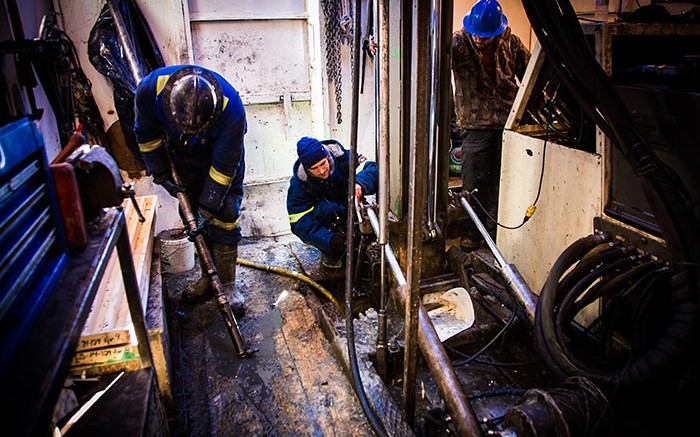Fission Uranium (TSX: RCU; US-OTC: FCUUF) is mounting a new drill campaign at its wholly owned Triple R deposit to advance a feasibility study due out later this year. The deposit is part of the company’s PLS property on the southern rim of Saskatchewan’s Athabasca Basin.
Six large-diameter HQ core holes using sonic drilling of the overburden will be completed: three in the R780E zone, one in the R00E zone, one in the R840W zone, and one in the R1515W zone. Metallurgical samples will be collected from one of the holes.
“We are continuing to develop the large, high-grade and shallow-depth Triple R deposit at PLS, and this latest program will provide important geotechnical information required for some of the key development parameters of the feasibility study,” said president, CEO and chief geologist Ross McElroy. “I am also very pleased to add that the feasibility study continues to advance on schedule, with completion expected by the end of 2022.”
Fission says the mineralization of the Triple R deposit has been traced over and east-west strike length of 3.2 km along the Patterson Lake conductive corridor and remains open in both directions. It filed a prefeasibility study in 2019 that outlined an underground mining of only the R00E and R780E zones.
The Triple R deposit has an indicated resource of 2.2 million tonnes grading 2.1% uranium oxide, containing 102.4 million lb. of uranium oxide. The inferred resource is 1.2 million tonnes at an average grade of 1.22% uranium oxide, containing 32.8 million lb. uranium oxide. A cut-off grade of 0.25% was used in calculating the resources.
Last winter’s drilling program intersected wide areas of uranium mineralization in all 20 holes. Highlights included hold PLS21-602, which cut 6.11% uranium oxide over 14.5 metres, including 18.63% uranium oxide over 4.5 metres, within a mineralized intersection of 69.5 metres; drill hole PLS21-600, which returned 4.62% uranium oxide over 11.5 metres, including 9.27% over 5 metres, in a mineralized section of 62.5 metres; and PLS21-597, which intersected 1.12% uranium oxide over 16 metres, including 7.53% over 1 metre, in a mineralized section of 70 metres.
Results from these and other recent drill holes will be incorporated into the feasibility study.



Be the first to comment on "Fission advances PLS feasibility with new drill program at Triple R"